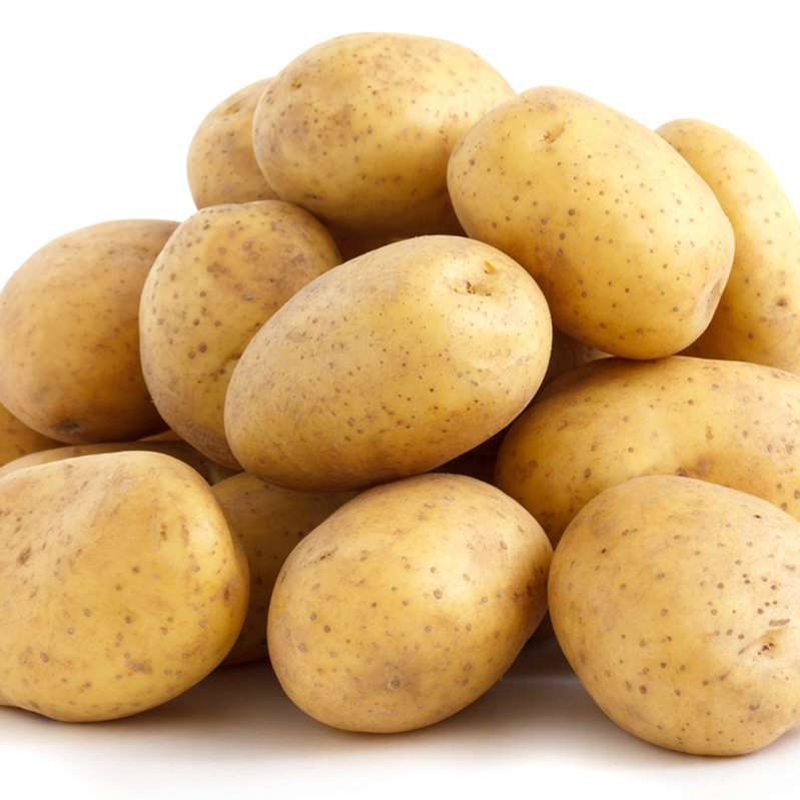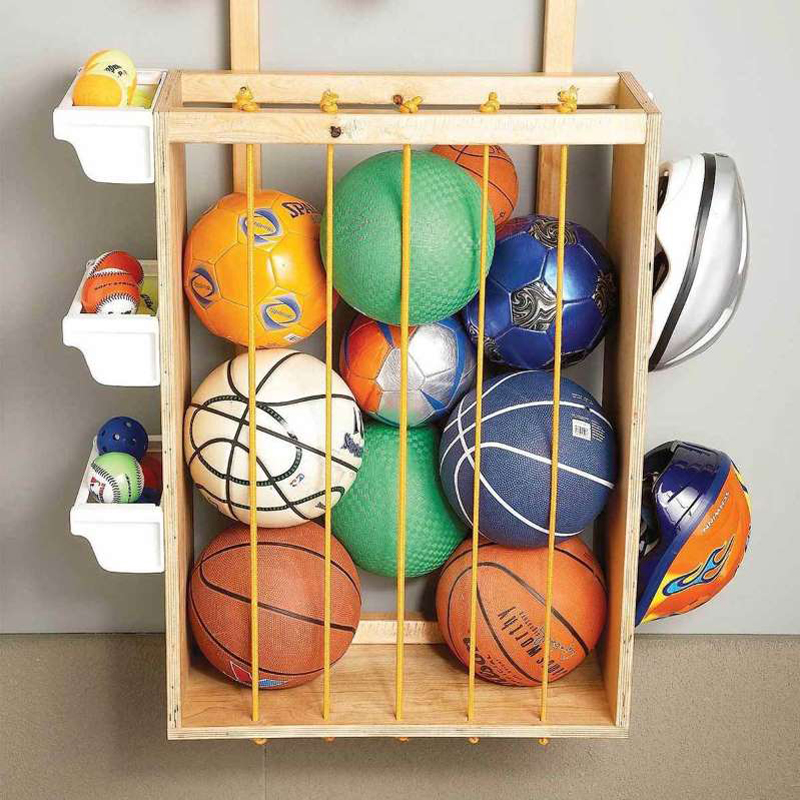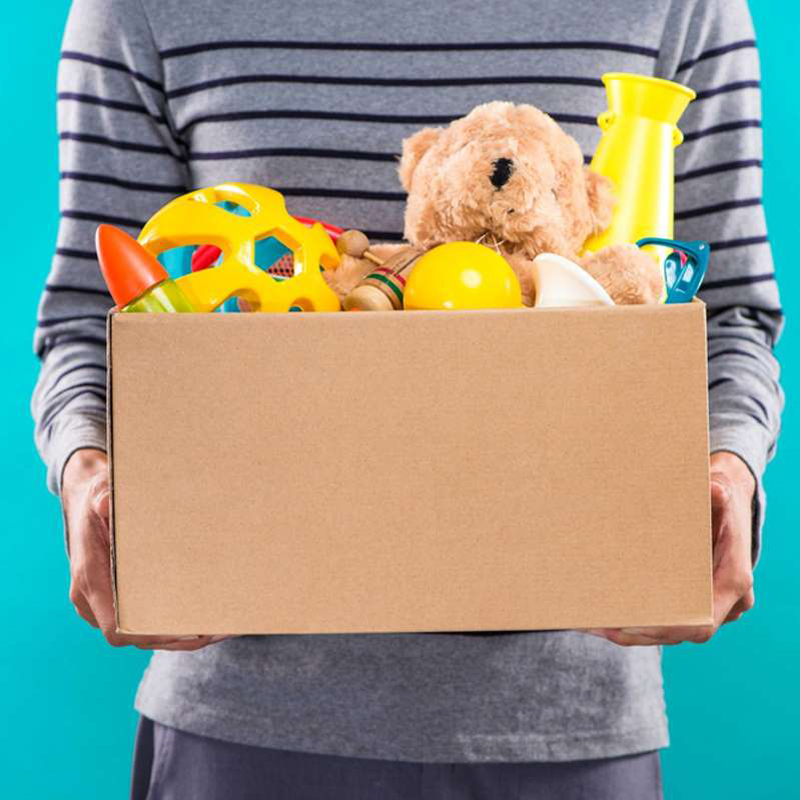![[feature] 8 Things To Store in Your Garage This Winter](https://blogger.googleusercontent.com/img/b/R29vZ2xl/AVvXsEhxvDmPMGUOjpUv4p85VdhRmqpM6vlNFD6SAytEAnJ9zrDDq_Wuf0zLguWHqui1Sfr143u9efJGoofBi74-6tGg_NcQeQoU2XvPxP3r1fVThUwVBzJeTxhLxPX47K_UurySnMHZ90Hvm1g/s16000/winter.jpg)
By Lisa Meyers McClintick, The Family Handyman
Whether you need a little more household space due to at-home work or learning, or you want to stock up on supplies for fewer pandemic shopping trips, winter can be an ideal time to move items into the garage — especially if cooler (yet not freezing or subzero) temperatures offer backup refrigeration. Take stock of the following eight categories to see if you can use your garage smarter this winter.
Stack bottled juices, cases of beer and sodas on shelves if temperatures stay above freezing but below 60 degrees. Stash extra canned goods such as pet food, soups, fruits and vegetables if air is dry enough to prevent rusting and the items won't remain there more than a few months.
Avoid storing some items in your garage, such as any bagged food or bird seed that critters may chew through, or keep them in a sturdy container with tightly-closing lid.
Yes, you can keep potatoes, winter squash, beets, carrots or other root vegetables in your cool garage, as long as your temperatures stay relatively steady and above freezing (upper 30s to upper 50s degrees F), without high humidity. You'll want to ensure they stay safe from critters, too.
Hang potatoes or onions in a burlap, mesh or other breathable bag. (Don't store them together, though, as the gas onions emit causes potatoes to spoil.) Other root vegetables can go in screened, ventilated crates or wooden storage bins to protect from critters. Preserve carrots in a bucket or bin with damp sawdust or sand, which shields them from light, provides insulation and keeps them from drying out.
Consolidate and stack up bags of soil and empty pots. Use a pegboard or garden tote to organize planting tools. Get a jump-start on spring and pre-fill seed-starter trays with soil. Store them near the top so they won't spill, and so you can easily find them to bring indoors and start planting with seeds in March or April.
Stash dormant tender perennials (such as geraniums), flower bulbs (such as tender lilies), tubers (such as dahlias and sweet potato vines) and corms (such as gladiolas) in loose dirt in pots, or in sawdust in cardboard boxes. That helps insulate them until spring. If temperatures dip toward freezing, make sure they're insulated with a blanket.
While you're at it, pre-plant a pot of spring flower bulbs like tulips, daffodils and hyacinth. Then mark your calendar to bring them indoors in January or February and force them to bloom for much-needed color.
You definitely don't want to leave these outside during winter, where freezing rains, winter sun and snow can degrade the materials. But you don't want them hogging space in your home, either.
Consider overhead storage racks, which work great for flat-folding chairs and patio accessories such as table umbrellas. You can also hang items on a garage peg wall or use a PVC tube to hold up secured umbrellas. If you're sure cushions are completely dry (and all dirt is brushed off), wrap them in plastic leaf bags for extra protection.
A tote of camping gear containing hard goods like tent stakes, utensils and plates, plastic tablecloths, water containers and such can be tucked into the garage. Keep a list taped inside the lid to help track inventory, so it's ready to go in spring or summer — or winter, if you're into cold-weather camping. (The lid for this Rubbermaid Action Packer tote flips over and doubles as a dish-drying rack.)
Hang camping chairs on wall pegs. Bag dry, clean tents in plastic. Put sleeping bags into a sealed plastic bin to protect them from critters seeking winter warmth, or store indoors.
Of course all your fair-weather gear will need a tucked-away place, so you can keep the cold-weather gear and tools you need handy. There are all kinds of genius organizing tactics for making the most of your vertical and overhead space for storing bikes, scooters, wagons, in-line skates and skateboards, as well as balls, mitts, Frisbees and more.
How about this easily DIY overhead sliding tote system? Stand up tall, slim items such as fishing poles, tennis rackets and bats into PVC pipes or other vertical garage organizers.
When winter rolls around and you're stuck indoors, toy clutter seems to multiply. To help, fill a covered plastic storage bin or two with building blocks, cars, animals and other sturdy plastic toys or games, to declutter and battle toy fatigue. Every month or so welcome the stored toys back into rotation and fill the bin with a new set to store.
Be sure to remove batteries before putting toys into a cold garage; the cold drains their power. Keep plush or fabric toys and books in the house, if possible, to protect from critters and mildew.
See more at The Family Handyman
Storing Items in Your Garage
 | |
© Don Mason/Getty Images |
Beverages and Pantry Staples
 |
| © Markus Mainka/Shutterstock |
Stack bottled juices, cases of beer and sodas on shelves if temperatures stay above freezing but below 60 degrees. Stash extra canned goods such as pet food, soups, fruits and vegetables if air is dry enough to prevent rusting and the items won't remain there more than a few months.
Avoid storing some items in your garage, such as any bagged food or bird seed that critters may chew through, or keep them in a sturdy container with tightly-closing lid.
Root Vegetables
 |
| © Moving Moment/Shutterstock |
Yes, you can keep potatoes, winter squash, beets, carrots or other root vegetables in your cool garage, as long as your temperatures stay relatively steady and above freezing (upper 30s to upper 50s degrees F), without high humidity. You'll want to ensure they stay safe from critters, too.
Hang potatoes or onions in a burlap, mesh or other breathable bag. (Don't store them together, though, as the gas onions emit causes potatoes to spoil.) Other root vegetables can go in screened, ventilated crates or wooden storage bins to protect from critters. Preserve carrots in a bucket or bin with damp sawdust or sand, which shields them from light, provides insulation and keeps them from drying out.
Soil, Pots and Seed Trays
 |
| © sanddebeautheil/shutterstock |
Consolidate and stack up bags of soil and empty pots. Use a pegboard or garden tote to organize planting tools. Get a jump-start on spring and pre-fill seed-starter trays with soil. Store them near the top so they won't spill, and so you can easily find them to bring indoors and start planting with seeds in March or April.
Tender Perennials, Bulbs and Tubers
 |
| © Oxie99/Shutterstock |
Stash dormant tender perennials (such as geraniums), flower bulbs (such as tender lilies), tubers (such as dahlias and sweet potato vines) and corms (such as gladiolas) in loose dirt in pots, or in sawdust in cardboard boxes. That helps insulate them until spring. If temperatures dip toward freezing, make sure they're insulated with a blanket.
While you're at it, pre-plant a pot of spring flower bulbs like tulips, daffodils and hyacinth. Then mark your calendar to bring them indoors in January or February and force them to bloom for much-needed color.
Umbrellas and Cushions
 |
| © Subject Photo/Shutterstock |
You definitely don't want to leave these outside during winter, where freezing rains, winter sun and snow can degrade the materials. But you don't want them hogging space in your home, either.
Consider overhead storage racks, which work great for flat-folding chairs and patio accessories such as table umbrellas. You can also hang items on a garage peg wall or use a PVC tube to hold up secured umbrellas. If you're sure cushions are completely dry (and all dirt is brushed off), wrap them in plastic leaf bags for extra protection.
Camping Supplies
 |
| © Maridav/Shutterstock |
A tote of camping gear containing hard goods like tent stakes, utensils and plates, plastic tablecloths, water containers and such can be tucked into the garage. Keep a list taped inside the lid to help track inventory, so it's ready to go in spring or summer — or winter, if you're into cold-weather camping. (The lid for this Rubbermaid Action Packer tote flips over and doubles as a dish-drying rack.)
Hang camping chairs on wall pegs. Bag dry, clean tents in plastic. Put sleeping bags into a sealed plastic bin to protect them from critters seeking winter warmth, or store indoors.
Sports Gear
 |
| © Family Handyman |
Of course all your fair-weather gear will need a tucked-away place, so you can keep the cold-weather gear and tools you need handy. There are all kinds of genius organizing tactics for making the most of your vertical and overhead space for storing bikes, scooters, wagons, in-line skates and skateboards, as well as balls, mitts, Frisbees and more.
How about this easily DIY overhead sliding tote system? Stand up tall, slim items such as fishing poles, tennis rackets and bats into PVC pipes or other vertical garage organizers.
Toys and Games
 |
| © Makistock/Shutterstock |
When winter rolls around and you're stuck indoors, toy clutter seems to multiply. To help, fill a covered plastic storage bin or two with building blocks, cars, animals and other sturdy plastic toys or games, to declutter and battle toy fatigue. Every month or so welcome the stored toys back into rotation and fill the bin with a new set to store.
Be sure to remove batteries before putting toys into a cold garage; the cold drains their power. Keep plush or fabric toys and books in the house, if possible, to protect from critters and mildew.
See more at The Family Handyman























